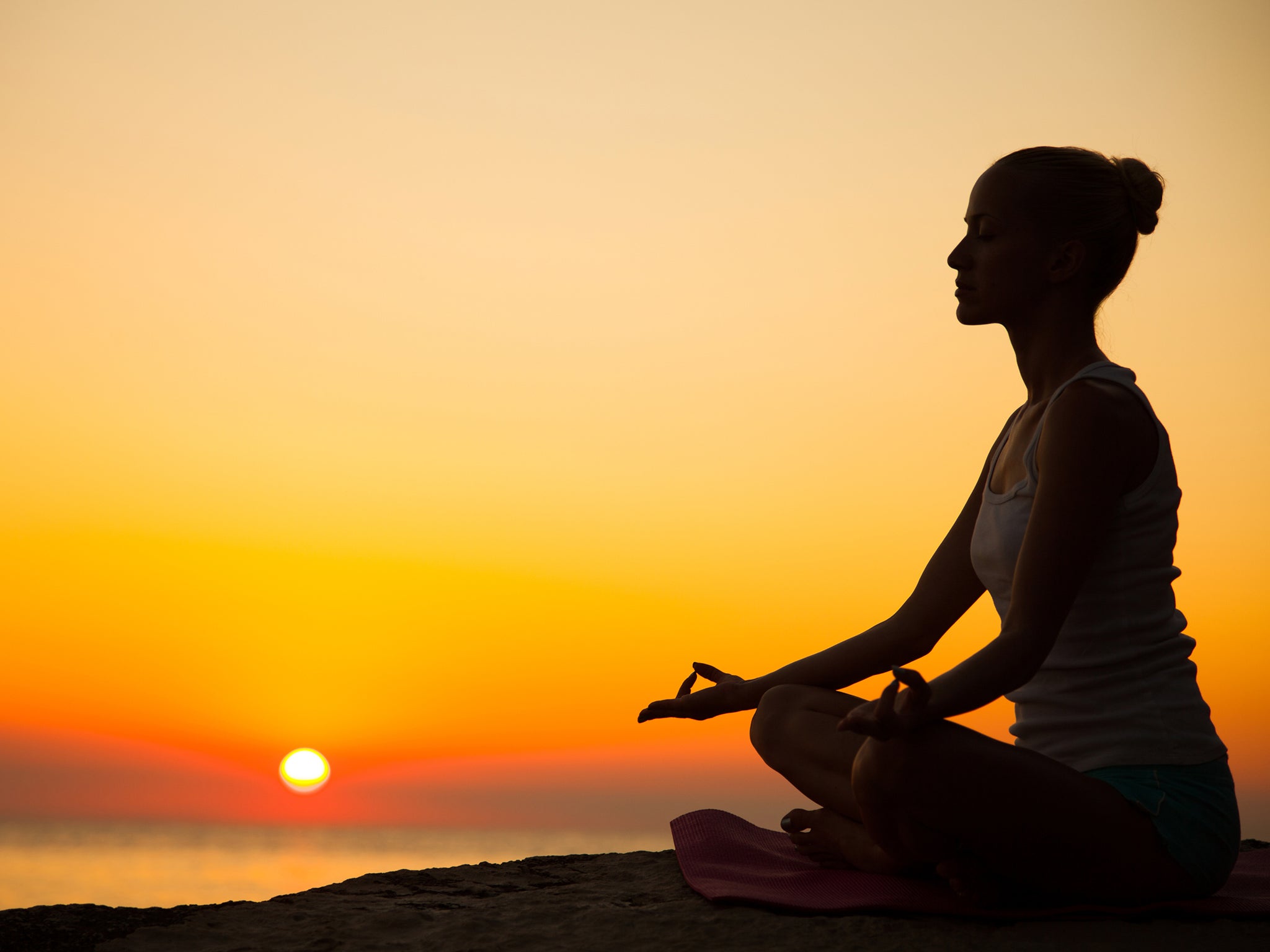The Independent's journalism is supported by our readers. When you purchase through links on our site, we may earn commission.
How to return to walking after an injury
Don’t let a physical injury stop you from seeing the open road. Liz Dodd talks to the experts to find out how to get moving again

From life-changing, bucket-list hikes like the Pacific Crest Trail and the Appalachian Trail to Sunday lunch meanders between pubs, walking is one of the most environmentally-friendly ways to see the world.
But despite being one of the lowest-impact sports there is, and often used as post-injury rehabilitation, walking can still take a toll on your body. Particularly over a long distance or carrying a heavy pack.
It can be particularly challenging to return to walking after an injury, as Sarah Williams, long distance hiker and creator of the Tough Girl Challenges podcast, knows only too well.
“After hiking the Appalachian Trail – 2,190 miles in 100 days – I wasn’t in the best shape,” she says. “I’d lost a lot of weight and muscle mass.
"It’s taken me over two years to get back to walking again as I suffered from knee issues, lazy glutes and issues with my posterior chain. Over the past six months I’ve been working with a physio and personal trainer in order to get the issue fixed.
"At the beginning of this year I couldn’t straighten my left leg and it was swollen most of the time."
By September Williams felt strong enough to get back on the trail and walked the Camino Portugués – a 600k route from Lisbon in Portugal to Santiago in Spain.
Here are William's top tips for returning to walking after an injury, with professional advice from Emerson Fernandez, a sports physiotherapist with 15 years experience in A&E, private practice and sports.
See a physio
The first step is making sure your injury has been correctly diagnosed by a professional, “then you will have the best chance of managing your issue and ultimately enjoying your hike”, Fernandez explains. “Generally speaking, fractures and bony injuries will take six to eight weeks to heal structurally. Tears of ligaments and tendons can take a lot longer, months depending on the management.
"Similarly more chronic issues such as tendinopathies and osteoarthritis can also take many months to settle down but can persist and need to be managed effectively. Strains and sprains of soft tissues (ligament, tendon, muscles) should resolve in shorter time frames of two to six weeks.”
Focus on strengthening your main lower limb muscle groups: the calf complex (gastrocenemius, soleus and the achilles), quadriceps and glutes, as well as your lower back and deep abdominals. Simple but effective exercises include calf raises, bridges, abduction movements (clams, leg raises), squats and lunges and planks.
Build in some cardio-vascular conditioning work. Fernandez explains these are “not only good for challenging your respiratory system and heart rate, but also for stressing your tendons and muscles to adapt to longer and shorter positions.” Incline/decline walking and steps/stair climbing would be good examples.
Lastly, put some proprioceptive (balance) work in, because hiking often involves challenging and uneven terrain. Practice some simple single leg balance drills on a wobble board or bosu in the gym. Even standing on one leg doing everyday task like brushing your teeth, using your phone, standing on the train can be surprisingly challenging. Too easy? Try some single leg squats or calf raises.

Get the right kit
Whether you’re thru-hiking (long-distance hiking that last for months) or just off for a Sunday stroll, the right kit can make or break your return to walking. “If you’re walking with a pack, make it as light as possible – you really don’t need as much as you think you do,” Williams says. “Be aware of how much water you are carrying, and use walking poles to take pressure off your knees.”
While walking boots are typically recommended for long hikes, Williams says to pay attention to what’s comfortable. “I wear trainers instead, as they are a lot lighter on your feet and if they get wet they will dry quicker. My trainers are about half a size larger which helps when you are wearing thick socks.”
Consider investing in a checkup at Profeet, best known for its ski boot service, the company also has also has a walking shoe fitting service, called Trek Sport, which involves a foot mobility assessment, foot scans and treadmill full body gait analysis.
Generally speaking, “make sure the ankle is well held in the shoe/boot and the mid foot is well held. Thereafter there should be about a finger’s width of space at the end of the shoe to allow for the best comfort,” says Profeet footwear manager Emma Kirk Odunubi.
Stay flexible
One of the best ways to manage an injury is by stretching before and after your walk. Yoga is a fantastic way to unwind tight muscles at the end of a long day: subscription sites like YogaGlo have specific practices to do after walking.
“When I finish walking for the day I like to lie on my back and put my feet up in the air, against a wall. Even just doing it for five or ten minutes it helps the blood flow back away from the legs,” Williams says.
Fernandez agrees that a range of exercises can help. “Before you embark on your walk, it is a good idea to predispose your joints and tendons to some positions that you may encounter. Dynamic warm-ups and stretching yield the best results before sporting activity so preparing for you hike is no different.”

Common areas that respond well to stretching and mobility drills are hips (try runner's lunge, couch and quads stretches) and ankles (gastrocnemius and soleus stretches). Also work on releasing trigger points in the plantarfascia (sole of foot), as well as the upper and lower back. Exercises such as down-dogs, extensions and using the foam roller for the thoracic spine all help.

Positive attitude
Your mental health is just as important as your physical health on any long-distance challenge. “Take your time. Don’t be in a hurry. Enjoy the scenery, stop and take breaks when you need to, and if you need to take a rest day take a rest day,” Williams says. “For long distance hiking you will get fit as you walk. Your body will adapt as you walk. It just takes time! Be kind to yourself.”
In association with Voltarol. For more information about our products or to report an adverse event with one of our products please contact 0800 783 8881.

Bookmark popover
Removed from bookmarks